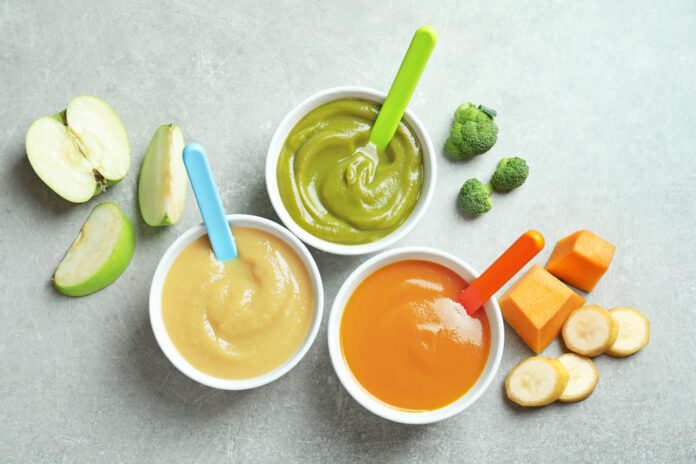It is common for a person to experience gagging and vomiting shortly after their gastric sleeve surgery. It doesn’t mean you will always feel sick; food may taste bad or smell right but cannot be swallowed. Your doctor will likely recommend starting with pureed food recipes for gastric sleeve, as they are easy to digest with no chewing required, and they can easily slip down your throat. The first few days after surgery, you may feel nauseous and lightheaded due to the anesthesia and pain meds you were given.
Why Is This Advised?
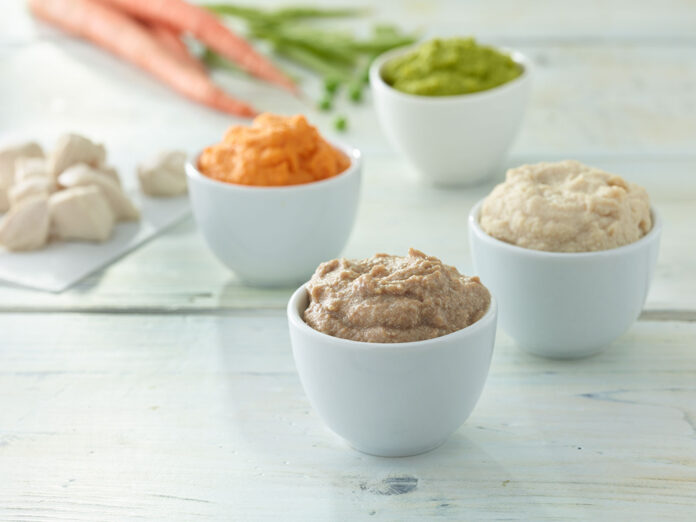
Pureed foods are a good option for those who have had gastric sleeve surgery. These kinds of food are soft, mashed, and blended foods that have been strained to remove lumps. This makes them easier to swallow. From mashed potatoes to baby meals, they may be anything.
After the surgery, pureed foods help with digestion by:
-Keeping the stomach empty so it can heal faster
-Keeping you full longer between meals so you don’t overeat before your next meal
-Encouraging more frequent bowel movements that can reduce constipation problems
-Helping you to get back on track with your weight loss goals
-Providing you with an easy way to meet your daily nutritional needs
Best Suggestions for Pureed Foods
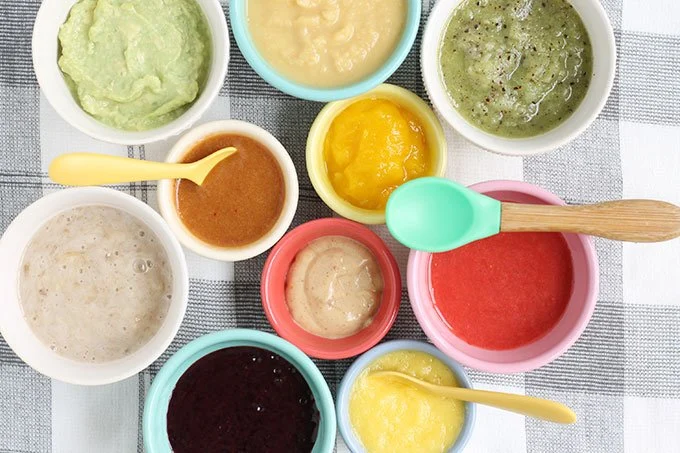
Gastric sleeve surgery is an effective method of treating morbid obesity. Stomachs are reduced in size, and only a tiny stomach pouch remains, about the size of an egg, after gastric sleeve surgery. Most patients will need to eat pureed foods during the first couple of weeks of recovery. Once enough time has passed, some patients can eat more solid foods, although this may take up to six months or longer. If you have recently had this, here are some pureed food recipes for gastric sleeve or recommendations and advice to assist you in designing a diet that is simple to digest and enables you to rebuild your strength as early as possible.
Easily-Digestible Protein
Protein is essential to your gastric sleeve diet, but you’ll need to choose your sources carefully. Protein drinks make it simple to meet your daily requirements. Another choice is scrambled or hard-boiled eggs. Before eating, choose lean beef cuts and trim off any excess skin or fat. You may lose weight more quickly when you avoid pork, beef, and lamb altogether.
Fruits and Vegetables
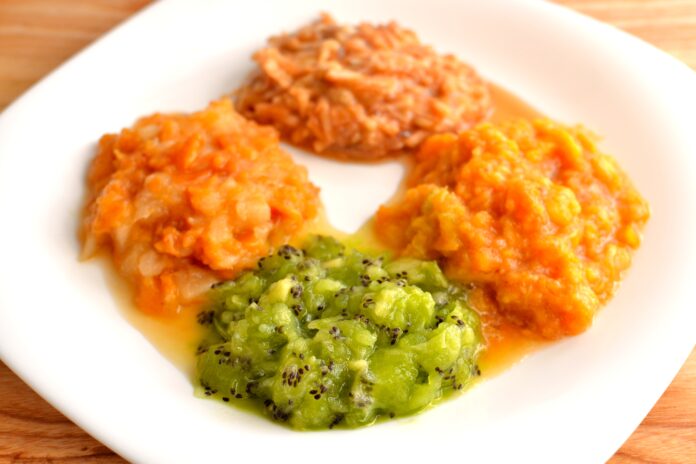
You’ll want to include plenty of fruits and vegetables in your gastric sleeve diet to ensure your body consumes all the nourishment it needs. You can eat these raw or cooked; however, cooking them will make them easier to digest. Steaming or boiling is recommended over frying or grilling because it’s less likely to damage their nutritional value. Purees of fruits and vegetables are excellent ways to increase your dietary fiber intake. They’re also easy to make at home, which is good because you’ll need to eat a lot of them. Fruit purees are usually made with bananas or applesauce. Vegetable purees include carrots, peas, sweet potatoes, green beans, and squash.
Broth or Soup
Making a broth is easy and affordable. To flavor the broth, you can use any mixture of fresh and dried herbs and vegetables. You can add spices such as curry powder, garlic salt, or cayenne pepper. The broth will help fill you up while supplying the nutrients your body needs to heal after surgery.
Smoothies and Juices
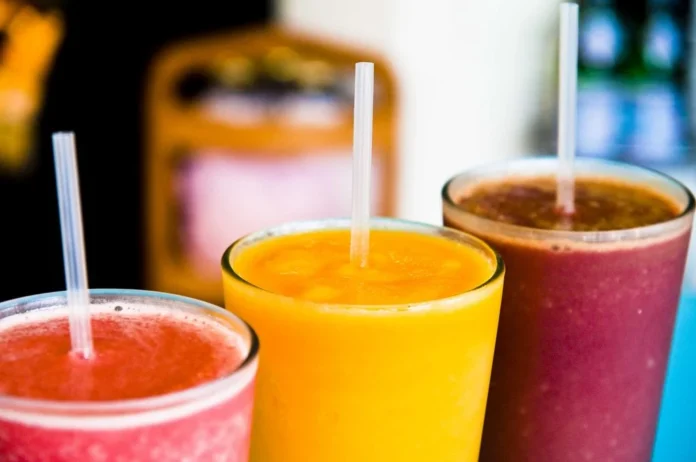
A blender is another kitchen tool that you should have before undergoing surgery. Smoothies are an excellent post-surgery way to get protein, vitamins, and nutrients into your diet without chewing too much. You can use fresh fruits and vegetables or frozen ones for smoothies. Make sure the fruit isn’t too hard to chew on because it might cause discomfort after surgery.
Rice, Oatmeal, and Other Soft Grains
Rice is a crucial component of many diets worldwide and a great source of carbs. It can be used to make soups, stews, or fried rice dishes. Add cooked rice to your favorite soup recipe, or make your hearty stew with beef or chicken. Oatmeal is another easy-to-digest grain that is rich in fiber and antioxidants. For gastric sleeve patients who follow a low-fiber diet, it can also be used as a thickening for soups or stews. Soft pasta noodles like fettuccine are best avoided because they can be challenging to digest when eaten alone. But you can enjoy these noodles with other foods like cheese or creamy sauces made from milk or yogurt.
Yogurt and Other Dairy Products
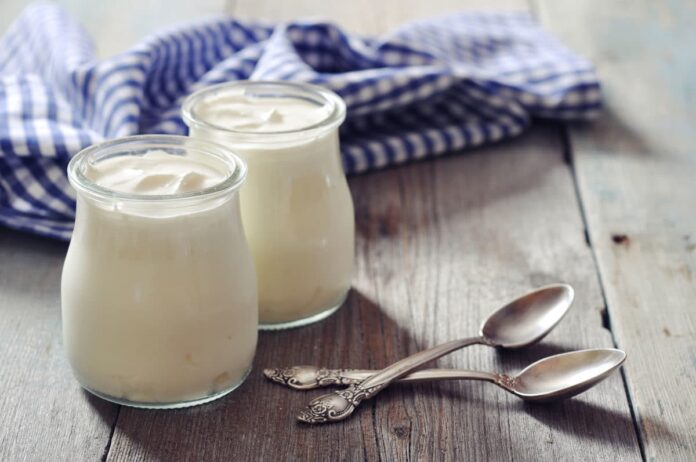
Yogurt is another excellent option for those trying to lose weight after gastric sleeve surgery. It has lots of calcium, vitamin B12, and protein that can help you feel fuller longer after eating a smaller portion of food. Probiotics, abundant in yogurt, can help regulate your digestive system and ensure that you correctly digest meals without experiencing constipation or diarrhea.
Simplify Your Gastric Sleeve Diet
The genuine query is, “How can you make your gastric sleeve diet simpler to adhere to?” You can do things to make your gastric sleeve diet more pleasurable:
Take It Slow
Your body must adjust to how food is digested differently. It will take some time for your stomach to adjust. So don’t be discouraged if you don’t feel full after every meal or snack. Give yourself time to change, and then slowly increase the amount of food you consume in each sitting until you feel full.
Eat Smaller Meals Throughout The Day
You don’t want to eat large portions at one time because that can cause bloating and discomfort in your stomach. Instead, try eating smaller meals every two hours or so throughout the day and avoid drinking liquids with meals (unless they are water). To provide your body time to properly digest food overnight and get ready for breakfast, you should drink a lot of water before bed and between meals.
Experiment With Different Types Of Foods
In addition to eating smaller portions, try experimenting with different foods. For example, if you are craving sweets, eat an apple instead. You will be pleasantly surprised by how fulfilling this can be!
